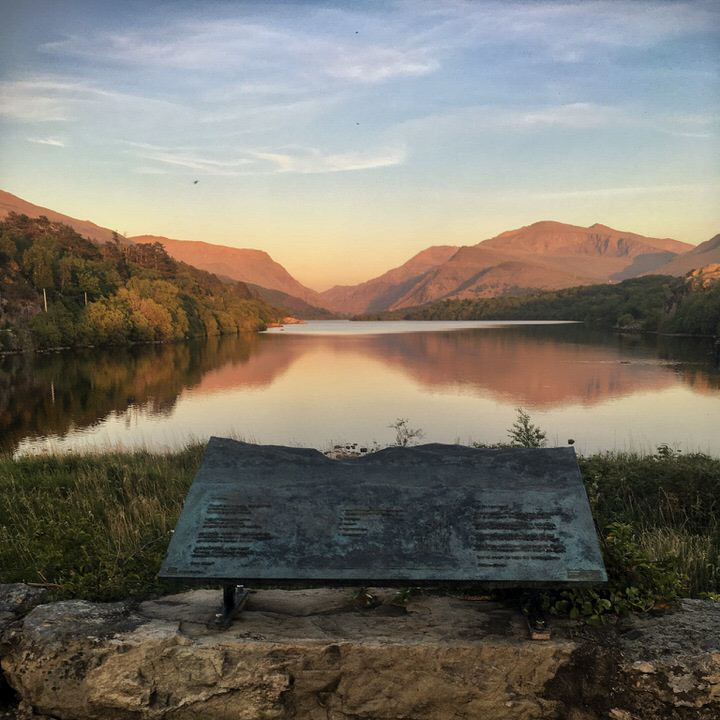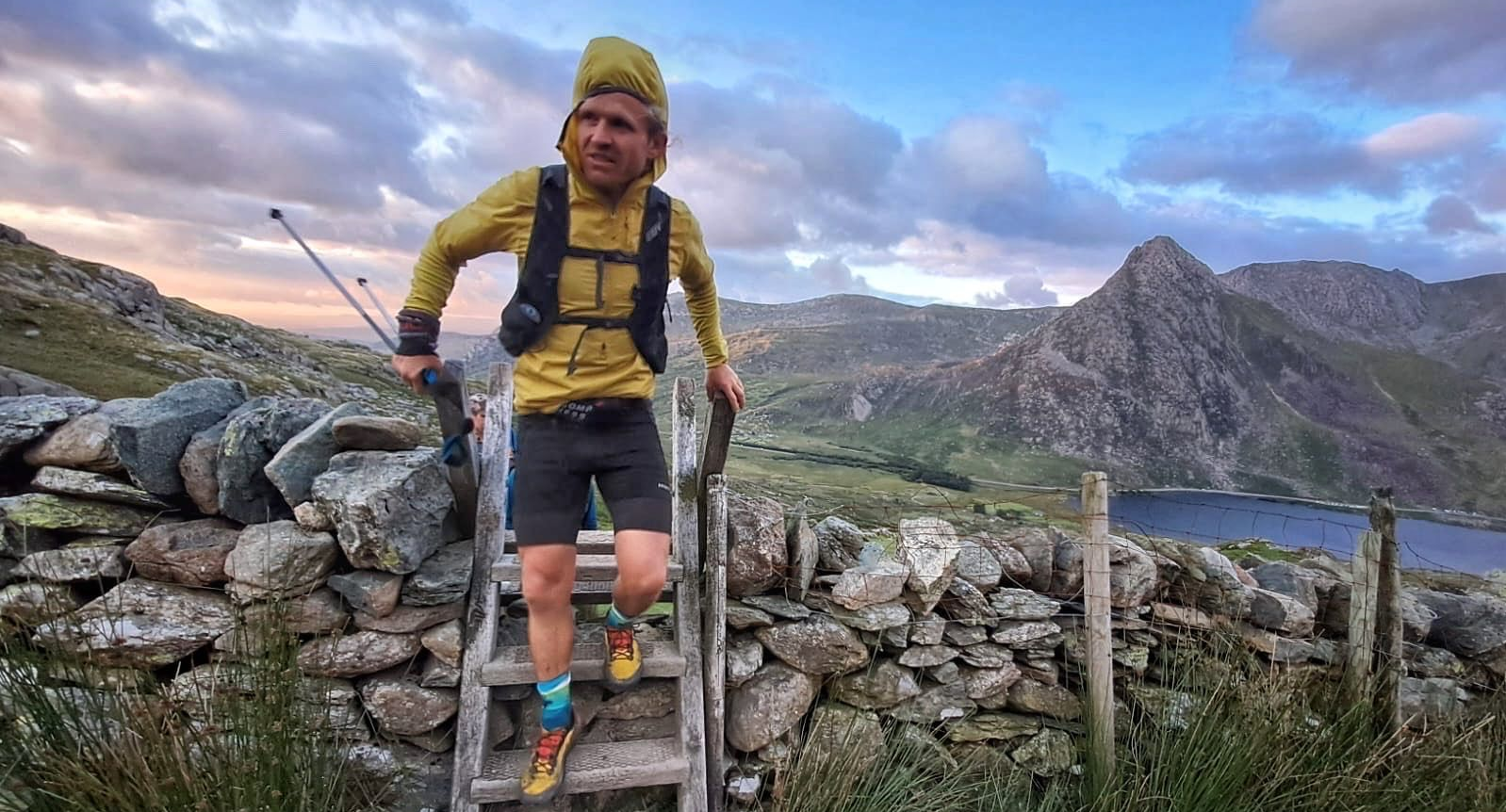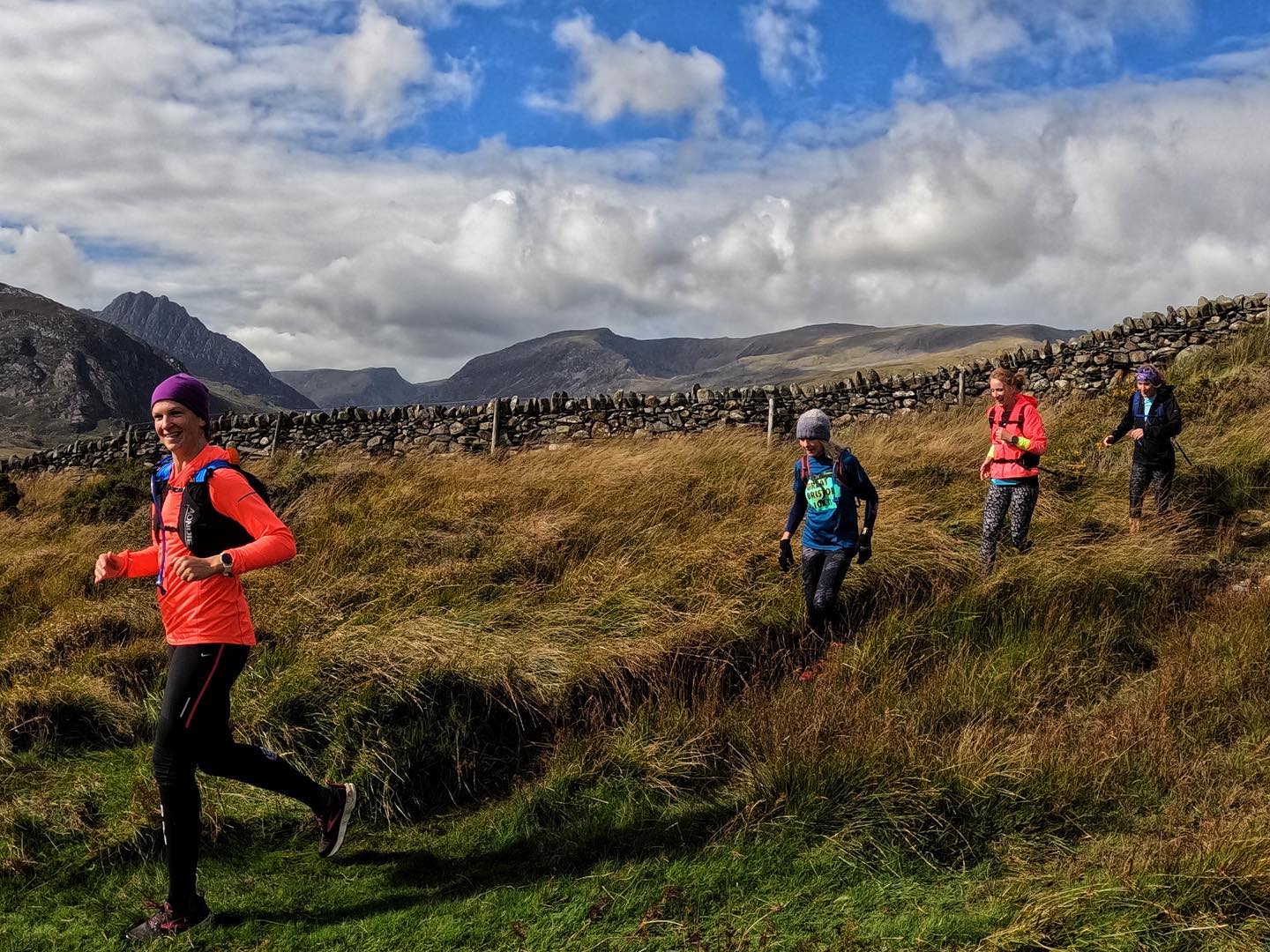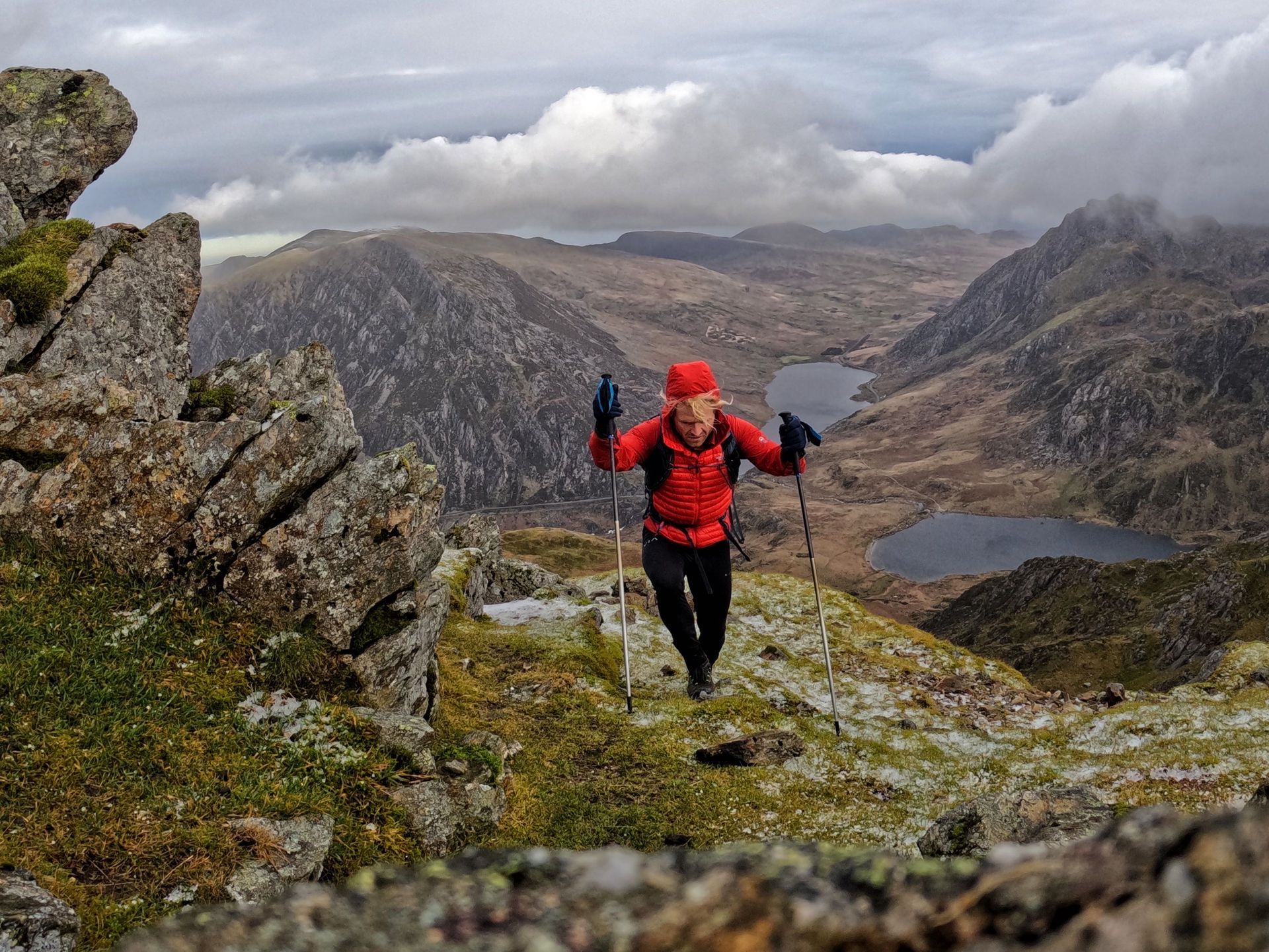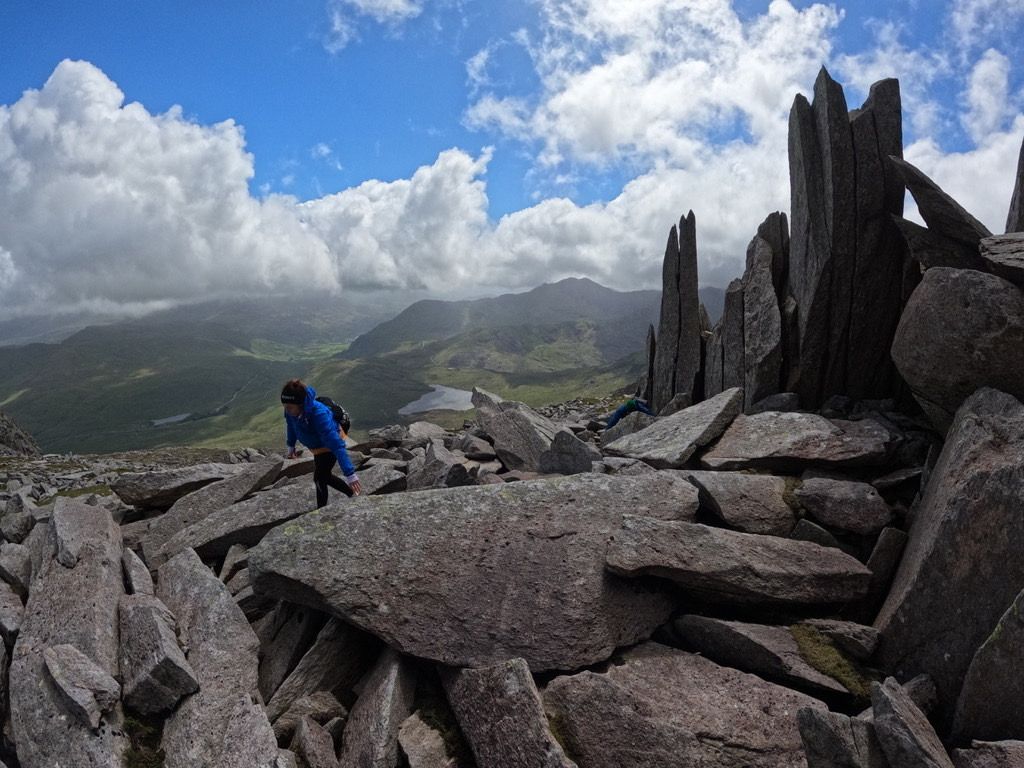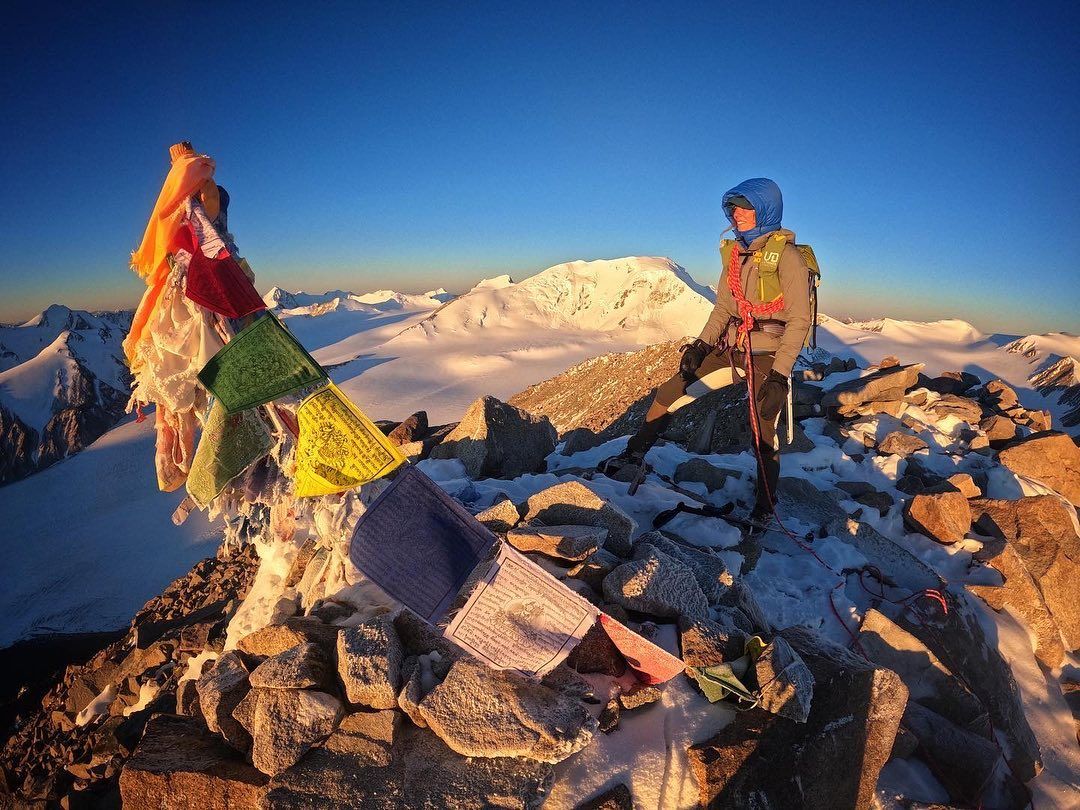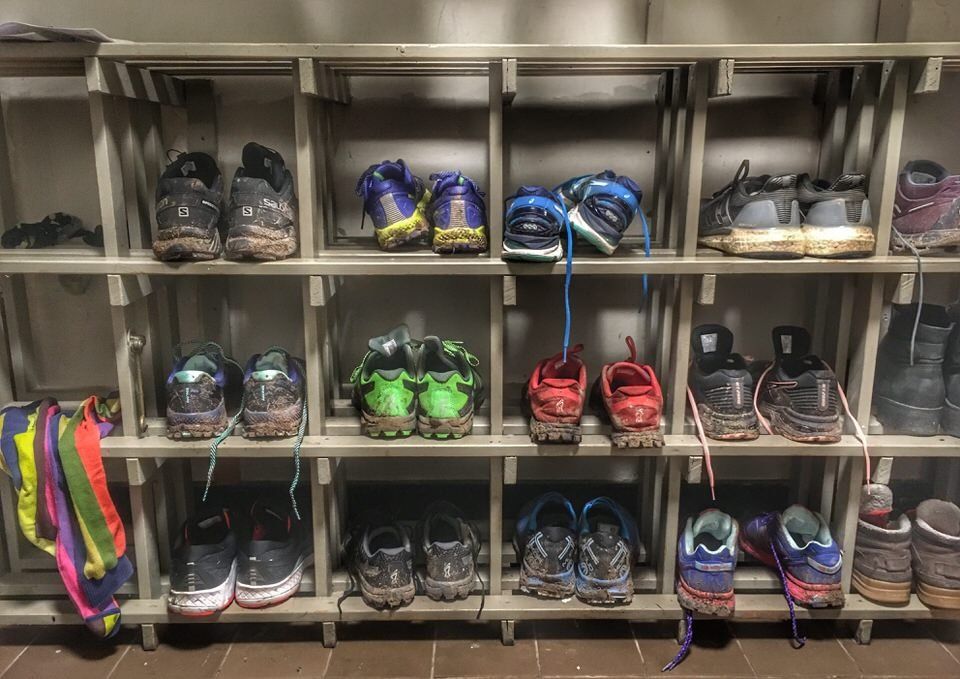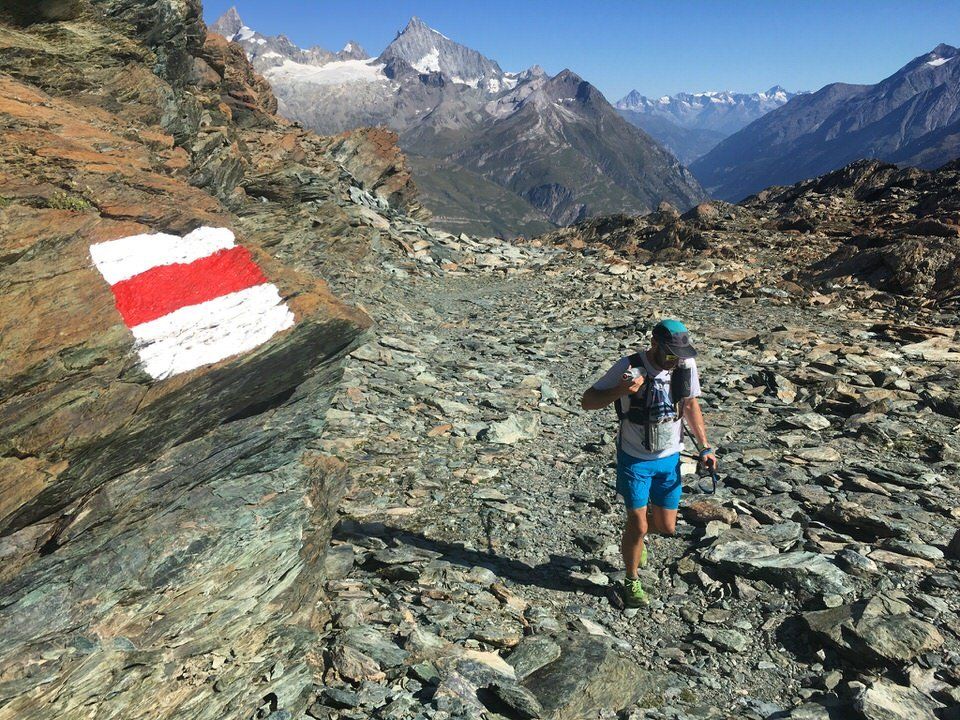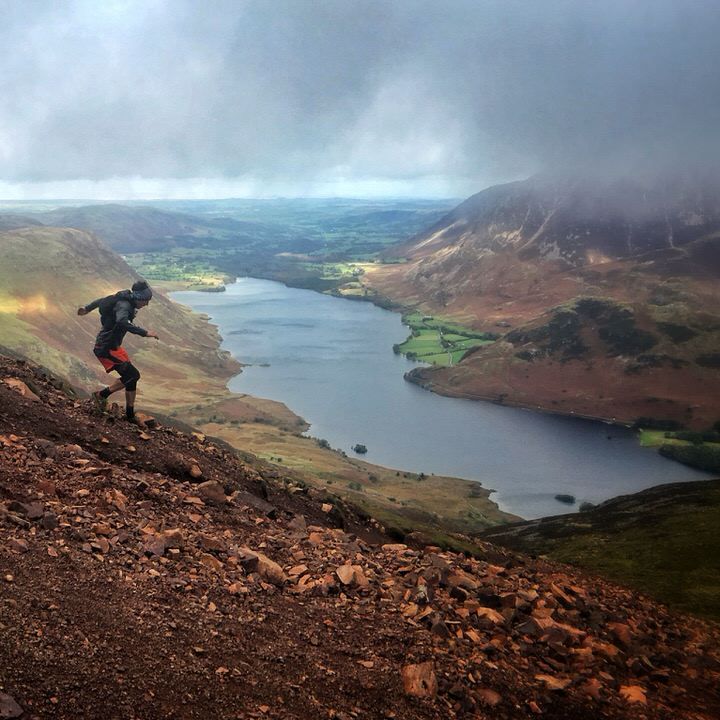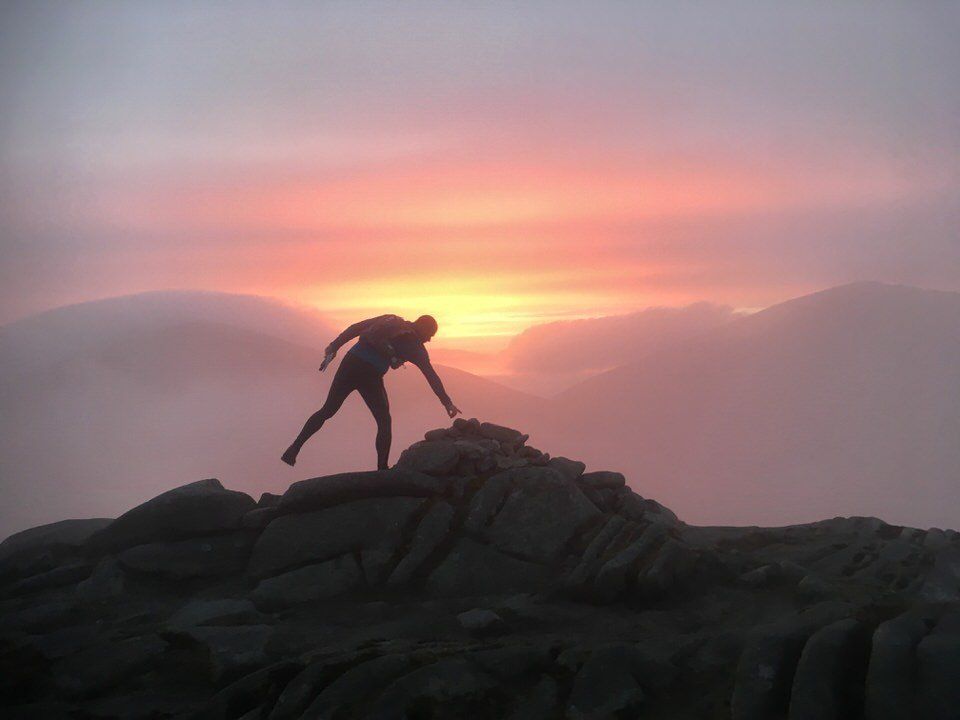Mastering trail races in Snowdonia
Hints and tips to enhance your technical running

Nestled in the heart of Wales, Snowdonia National Park stands as a testament to nature's grandeur and rugged beauty. Its towering peaks, pristine lakes, and winding trails beckon adventurers from around the globe. Among these are the runners, drawn to Snowdonia's challenging terrain that ranges from rocky mountain paths to muddy bogs and everything in-between, entering one of the many challenging races such as the Ultra Trail Snowdonia (UTS) or the Dragons Back.
Having coached, guided runners and worked as mountain safety on both of these iconic races it is easy to see how there are such high attrition rates, that is the number of people that do not complete the race. In the 2024 edition of the UTS, the 100 miler saw 260 people stand at the start line while for the 100km race there were 715. No one stands at the start line without the intention of finishing yet in the 100 miler there were only 85 finishers (an attrition rate of 66%) while the 100km saw 380 people finish (an attrition rate of 47%).
Now the 2024 of the edition of the UTS was hot, very hot and so this will account for a number of runners, sometimes we have bad days in the hills and sometimes we just mess up our eating strategy or get injured but as a rule the same theme jumps out…. Running in Snowdonia is technical.
If you are not used to this style of running then your pace is slowed with the chance of being cut off increasing, you will get tired quicker both physically and mentally while as a consequence you will be out in the mountains for longer being subjected to the conditions, which this year was extreme heat.
The rugged terrain, rocky trails, steep ascents and descents demand a higher level of skill and preparation from runners. Whether you're a seasoned mountain runner or thinking of signing up for your first race here in Snowdonia, there are always ways to improve your technical running abilities. In this blog, we'll share some tips and techniques to help you elevate your game and give you the best opportunity of not being part of the attrition statistics in the future.
Build strength in addition to endurance
Long distance ultra runners focus on improving aerobic endurance through long runs, hill repeats, and interval training sessions. Building a strong foundation of fitness helps you with the distance and is super important but mountain runners must train for the steep ascents and descents. Even the pro endurance athletes walk the uphills and as a consequence you need to train the muscles used for walking up hill such as your glutes, quads, hamstrings and calves. Incorporate strength training exercises such as squats, lunges, and calf raises into your routine to build lower body strength and stability. Its also important to do long runs in the mountains where you walk uphills to condition these muscles.
Improve your uphill and downhill efficiency
One of the defining features of technical running in Snowdonia is the elevation gain. We have a number of peaks over 3,000 ft but many have steep ascents, where you may even need to use your hands in places and descents that can challenge even the most seasoned athletes.
Efficient uphill and downhill running techniques are essential for success in the mountains. When tackling steep ascents, focus on maintaining a steady rhythm and using your poles (see below) to help propel you forward. Shorten your stride and lean slightly into the hill to conserve energy and maintain traction. On the descent, loosen up your stride and let gravity do some of the work. Keep your centre of gravity low, and use quick, light steps to navigate rocky terrain and steep gradients. Practicing these techniques on varied terrain will help you become a more confident and efficient mountain runner.
Mental Preparation
In addition to physical strength and agility, technical running in the mountains requires mental fortitude. Long days on technical trails is tiring as you are concentrating for large proportions of the day and constantly looking at the terrain. On races such as the Dragons Back you will encounter Crib Goch, a graded scramble that oozes exposure and can stop people in their tracks. The more comfortable you are on this terrain the less tiring it will be, time on technical trails will improve your speed while getting out into exposed situations will condition you to feel more confident when you encounter exposure.
To succeed in these races, you always need to embrace discomfort and uncertainty, to push through the pain and fatigue, and to stay focused and determined even when the going gets tough. Break the race down in your head and focus on small goals throughout the race such as the next checkpoint or the next ascent and keep positively reaffirming, telling yourself you can do it, and when the going gets tough focus on something positive like the feeling of crossing the line!
Train on similar terrain
The best way to improve your technical running skills is to train on terrain that simulates the conditions you'll encounter in the races you are entering. Seek out trails with steep climbs, rocky sections, and uneven terrain to practice your uphill and downhill techniques. When you have this dialled practice it in the dark with your head torch as with the long UTS races you will be running in the dark on technical terrain. In addition make sure you include training when your tired, for instance back to back long runs over a weekend. You will be tired for the majority of the race so why do we train fresh all the time?
The best investment you can make is to come to Snowdonia and do a recce of some, if not all, your route that you will race. Not only will it give you exposure of the exact technical trails you will be on during the race but it will also help with mental resilience knowing every twist, turn, every summit, valley floor and everything in between.
Use poles
In the world of trail running, every tool and technique has its place, and poles are no exception. They have gained popularity among runners as they provide extra stability through additional points of contact which reduces the risk of slips and trips. By engaging your upper body muscles while ascending you are distributing the workload more evenly between your arms and your legs, reducing fatigue and conserving energy especially on steep terrain. Using poles encourages a more upright posture and helps maintain proper alignment of the spine promoting efficient biomechanics and keeps the lungs open allowing full breaths to be taken.
There is no wrong way to use your poles except carrying them for all the race and never getting them out. Use poles in all your long runs on all terrains and use them until they feel like an extension of your arms. Using poles effectively is important as not doing so they may not save you energy so seeking professional help is essential if you are new to them.
Safety First:
Technical running in the mountains can be thrilling, but I couldn’t write a blog without saying if you are out training, practicing techniques or doing a recce it's essential to prioritise safety at all times. Mountain terrain can be unforgiving, with rapidly changing weather conditions posing serious risks to runners. It's crucial to be prepared for the unexpected, to carry essential safety gear such as a full waterproofs, head torch, first aid kit and emergency supplies, just like you would in a race, but most importantly to know when to turn back if conditions become too dangerous.
Improving your technical running skills in the mountains takes time, dedication, and a willingness to embrace both the challenges and the joys of the journey. By focusing on building strength and endurance, mastering uphill and downhill techniques, training on similar terrain and developing mental toughness you can enhance your chances of completing a big race here in Snowdonia or anywhere else .
It can be money well invested to seek professional input into your technical running where everything mentioned in this blog can be covered in detail offering personal tips and techniques to improve yourrunning. Adventure Awaits offers technical running coaching, recces of the races and training events such as the Welsh 3000’s to help runners realise their goals.
So lace up your shoes, hit the trails, and discover the exhilarating world of technical mountain running like never before.
